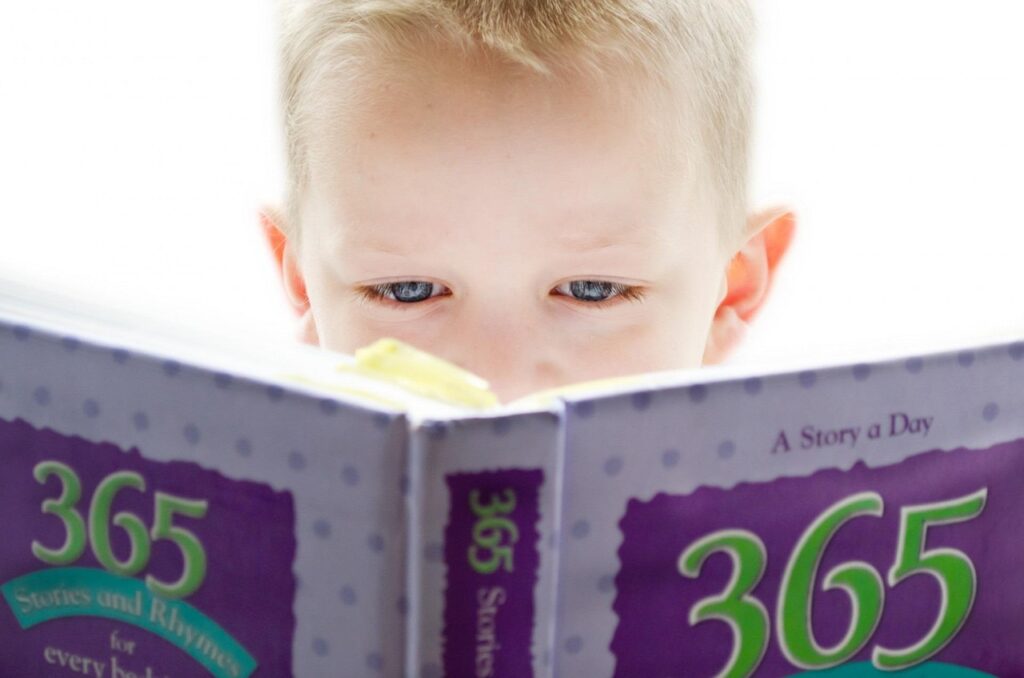For the past several years, I’ve had the privilege of telling stories to hundreds of children across different ages, backgrounds, and settings. What began as a creative pursuit became an unexpected masterclass in child psychology. When you sit in front of a room full of children with nothing but your voice and their imagination, you learn things about how young minds work that no textbook could teach. Here are the most profound insights I’ve gathered from this front-row seat to childhood.
1. Children Process Complex Emotions Through Simple Metaphors

I once told a story about a little cloud who couldn’t rain, and afterward, a six-year-old came up to me and said, “That cloud is like me when I can’t cry when I’m sad inside.” Children instinctively understand that stories are safe containers for big emotions they can’t yet articulate directly. They’ll sit quietly through tales of loss, fear, or anger when presented metaphorically, processing feelings that would overwhelm them if addressed head-on. This taught me that children need symbolic language to make sense of their inner world long before they develop emotional vocabulary.
2. Their Attention Spans Are Longer Than We Think—When They're Truly Engaged
The myth that children have short attention spans crumbles when you watch thirty kids sit motionless for a 45-minute story session. When something captures their imagination completely, children can focus with laser intensity. The problem isn’t their capacity for attention—it’s our ability to create genuine engagement. Children tune out not because they can’t concentrate, but because they instinctively know when something isn’t worth their precious mental energy.
3. They Crave Predictable Structure with Surprising Details
Children want to know that the hero will face challenges and ultimately triumph, but they’re endlessly delighted by unexpected twists within that framework. “Once upon a time” signals safety, but “the dragon who was afraid of mice” sparks joy. This pattern extends beyond stories—children thrive when they know the basic structure of their day while still having room for delightful surprises. Predictability creates security; novelty creates growth.
4. Repetition Isn't Boring—It's How They Build Internal Architecture
Children will ask for the same story dozens of times, and each repetition serves a purpose. They’re not being mindless; they’re building neural pathways, testing their memory, and finding new details they missed before. When a four-year-old corrects me on a story detail I’ve changed, they’re demonstrating sophisticated pattern recognition and the deep learning that comes from repetition. This taught me that what adults see as monotony, children experience as mastery-building.
5. They're Naturally Philosophical and Crave Big Questions
Some of my most profound conversations have happened with five-year-olds asking questions like “Why do people have to be sad?” or “What if animals could talk but chose not to?” Children aren’t just concrete thinkers—they’re natural philosophers who haven’t yet learned to dismiss big questions as unanswerable. They approach existential mysteries with curiosity rather than cynicism, and they deserve stories and conversations that honor this depth.
6. Their Moral Compass Is Surprisingly Sophisticated
While telling stories with moral complexity, I’ve watched children navigate nuanced ethical questions with remarkable insight. They understand that sometimes good people make bad choices, that motivations matter as much as actions, and that redemption is possible. A seven-year-old once told me, “The witch wasn’t really bad—she was just lonely and forgot how to be kind.” Children’s sense of justice is often more merciful and nuanced than adult moral reasoning.
7. They Read Energy and Authenticity More Accurately Than Adults
Children know within seconds whether a storyteller genuinely cares about them or is just going through the motions. They sense when I’m tired, distracted, or not fully present, and they respond accordingly. This superpower extends to all their relationships—children are masterful at detecting authentic care versus performative attention. They taught me that presence matters more than perfection, and genuine connection can’t be faked.
8. Their Imagination Is a Coping Mechanism, Not Just Entertainment
I’ve noticed that children facing difficult circumstances—divorce, illness, family stress—often request stories about characters overcoming similar challenges. Their imagination isn’t escapism; it’s a sophisticated coping strategy. Through stories, they safely explore possible outcomes, practice emotional responses, and build resilience for real-life difficulties. Fantasy isn’t the opposite of reality for children—it’s preparation for it.
9. They Process Information Through Their Bodies, Not Just Their Minds
Watch children during a story and you’ll see them physically embody the narrative—tensing during scary parts, bouncing during exciting moments, leaning forward when curious. They’re not just listening; they’re experiencing stories somatically. This taught me that children learn through their entire being, not just their cognitive brain. When we try to educate children purely through mental concepts, we’re missing most of their learning channels.
10. They're Desperate for Stories That Reflect Their Real Experience
The stories that generate the most engagement aren’t fantasy tales but stories about children dealing with everyday challenges—making friends, handling disappointment, navigating family dynamics, or feeling different. Children hunger for validation that their struggles matter and that others have faced similar difficulties. They need mirrors, not just windows, and stories that confirm their experiences are normal and surmountable.

What This Means for Parents and Educators
These insights have profound implications for how we interact with children daily. If children process emotions through metaphor, we can help them understand difficult feelings by comparing them to weather, animals, or natural phenomena. If they crave philosophical discussions, we can engage their questions seriously rather than deflecting with simple answers.
Understanding that children read authenticity so accurately should make us more honest about our own emotional states rather than pretending everything is fine when it isn’t. Recognizing their need for both structure and surprise can help us create days that feel both secure and exciting.
The Stories They Really Need
Children don’t need more entertainment—they need more understanding. They need stories that help them make sense of their inner world, that validate their experiences, and that give them tools for navigating life’s complexities. They need storytellers—whether parents, teachers, or professional narrators—who see them as complete human beings with rich inner lives rather than empty vessels to be filled with lessons.
Beyond the Story Circle
Being a storyteller taught me that every interaction with a child is a form of storytelling. How we respond to their questions, handle their emotions, and share our own experiences creates the narrative they’ll tell themselves about who they are and how the world works. We’re all storytellers in children’s lives, whether we realize it or not.
The question isn’t whether we’re telling them stories—it’s what kind of stories we’re telling, and whether those stories honor the remarkable depth, wisdom, and humanity that every child possesses.
What stories do you remember most vividly from your childhood? How did they shape your understanding of yourself and the world? Share your storytelling memories in the comments—I’d love to hear how narratives have influenced your journey.

